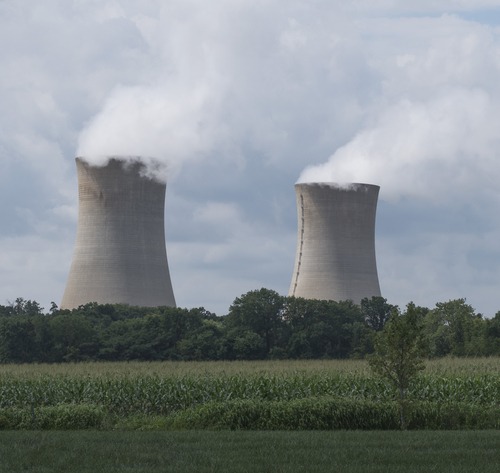
On July 1, state lawmakers relaunched the bipartisan, bicameral Pennsylvania Nuclear Energy Caucus in an effort to help facilitate the commonwealth’s nuclear future.
Caucus co-chairs, Pennsylvania Sens. John Kane (D-9) and Lynda Schlegel Culver (R-27), along with State Reps. Robert Matzie (D-16) and Tom Mehaffie (R-106) announced the relaunch of the caucus last week.
“Nuclear energy has powered Pennsylvania’s homes and businesses for decades with reliable, carbon-free electricity,” the members said in a joint statement. “We are relaunching the bipartisan, bicameral Pennsylvania Nuclear Energy Caucus to ensure we keep this tried-and-true clean energy contributing to our baseload power for generations to come.”
Pennsylvania, where the nation’s first commercial nuclear power plant began operations in 1957 in Shippingport, Pa., currently has eight nuclear reactors at four facilities producing one-third of all electricity generated in the state.
“Nuclear power… helps keep the lights on for our homes and businesses with efficient, carbon-free production,” wrote Mehaffie in an opinion piece published in the July 1 City & State Pennsylvania.
“The caucus stands ready to hear from stakeholders, including workers themselves, about how to maintain access to high-quality baseload power and provide grid reliability,” he added. “We want to ensure Pennsylvania is properly positioned to capitalize on available federal resources.”
During the 2010s, the caucus co-chairs noted that America’s nuclear power plants faced significant economic and financial challenges that led to the premature closure of many nuclear plants across the country, including Three Mile Island near Harrisburg, Pa., in 2019.
In fact, a Joint State Government Commission report on nuclear energy found that the closure resulted in an 8-percent reduction in Pennsylvania’s nuclear energy output and caused the loss of hundreds of jobs.
The commission’s report also studied small modular reactors (SMRs), which are fission-based units constructed in factories and shipped to sites to be joined together to produce emission-free power 24 hours a day.
Currently, commercial SMRs are essentially all in design phases, with some planned as light-water reactors and some as non-light-water reactors, according to Mehaffie, who wrote that they’re expected to be easier to build and assemble at a total cost more affordable than traditional reactors. It’s also estimated that SMRs will reach the market in the 2030s, he wrote.
“Now is the time for Pennsylvania to build safeguards — not barriers — to move quickly to construct SMRs,” the caucus members said in their statement. “By preparing now, we can ensure that Pennsylvania’s energy past is also our energy future.”